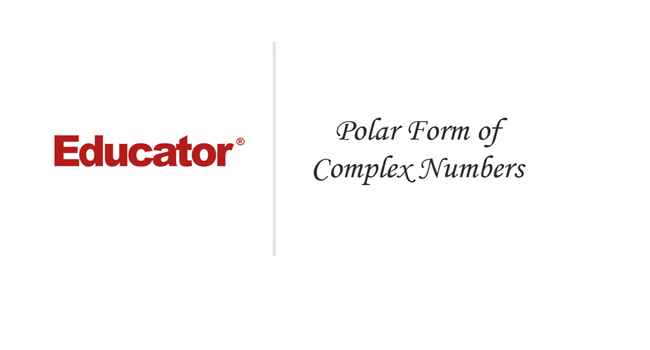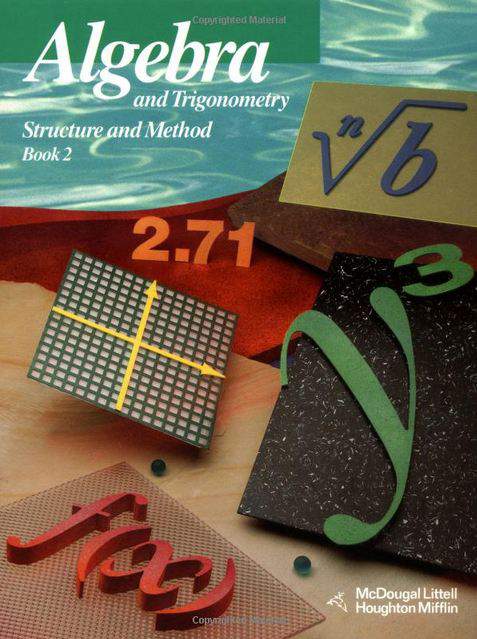Connecting...

This is a quick preview of the lesson. For full access, please Log In or Sign up.
For more information, please see full course syllabus of Trigonometry
For more information, please see full course syllabus of Trigonometry
Trigonometry Polar Form of Complex Numbers
Lecture Description
Complex numbers can be written in rectangular form z = x + yi, representing the rectangular coordinates of the point. They can also be written in the polar form, representing the polar coordinates of the point (using the distance from the origin and the angle it makes with the positive x-axis). To convert between the two forms, we use the formulas for the conversions. A formula that is very useful here and worth remembering is the Euler's formula for the conversion. In the lecture example questions, you'll also learn how to multiply two complex numbers in polar form.
Bookmark & Share
Embed
Share this knowledge with your friends!
Copy & Paste this embed code into your website’s HTML
Please ensure that your website editor is in text mode when you paste the code.(In Wordpress, the mode button is on the top right corner.)
×
Since this lesson is not free, only the preview will appear on your website.
- - Allow users to view the embedded video in full-size.
Next Lecture
Previous Lecture










































 Answer Engine
Answer Engine



1 answer
Sun May 3, 2015 7:29 PM
Post by David Wu on April 28, 2015
Hi,Professor
At 10:48 you said -pi/4 is a positive term so we don't have to add pi to it, but it seems to me that -pi/4 is a negative term, wold you explain why?
Thank you
1 answer
Sun Apr 14, 2013 6:40 PM
Post by enya zh on April 12, 2013
I don't understand exactly what 'e' stands for in the formula re^theta*i. Is it the natural number? Please help me understand.
Thanks!
1 answer
Sun Apr 14, 2013 6:40 PM
Post by Dave Seale on April 6, 2013
To further help me visualize the concepts of complex numbers in rectangular and polar form can you provide a few word problems and a couple real world applications where we can utilize these conversions please. I found it extremely helpful to grasp the concepts we are practicing from earlier lectures once I went through the real world applications for trigonometry lecture. Also, these conversions look like something that will show up in a tricky word problem in class, if you could walk us through 1 or 2 that would be fantastic. The word problems give me a sense of when I will need to go straight to conversions in the real life instances as well, I think they kind of go hand in hand and really solidify a strong understanding of these neat formulas and conversions. Thanks for all the help Dr. Murray, you do a great job of explaining advanced math concepts and I feel very prepared to take on AP trig next semester!
1 answer
Sun Dec 9, 2012 7:36 AM
Post by valtteri viinikainen on December 9, 2012
4. (a) Given v = −3i and w = 1+ i express the product
v^3 times w^2 in polar form and
exponential form and show it is real.
(b) Find the solutions of z^3 = 1− i
and sketch the roots in the complex plane.
1 answer
Sun Dec 9, 2012 7:41 AM
Post by varsha sharma on June 9, 2011
For extra example 2 , we could have used pascals triangle for binomial expansion. that was another way to do.
But converting to polar form was fun and i learnt it.
Thanks.
Varsha